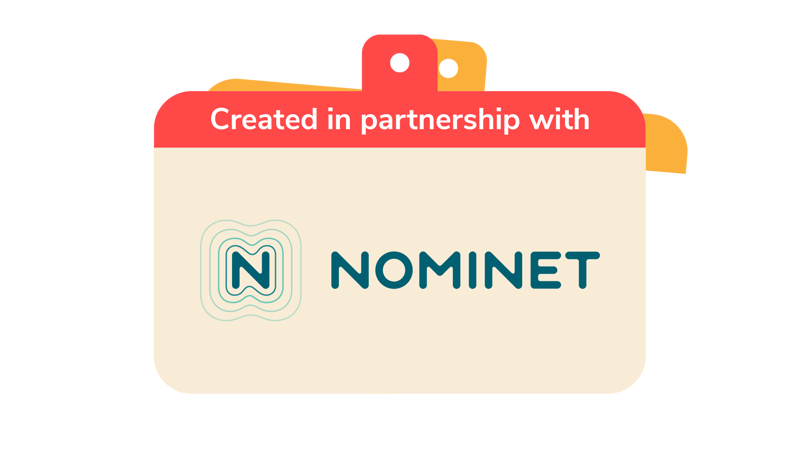
Is there an echo in here?
Before you begin
- This activity should be played while completing another problem-solving task that requires small teams to work together. Team tasks could include making or building an item following instructions or completing a puzzle.
- The aim is to help people understand the different ways of responding online, including to ‘echo chambers’ where people only interact with people who have the exact same beliefs and ideas as them.
Time for instructions
- Everyone should get into groups of four. It’s OK if one or two groups have an extra person.
- Each group should nominate someone to be their group leader. The person leading the activity should take the group leaders out of the room and explain the task to them.
- While the group leaders are out of the room, the extra helper should explain the following separate secret mission for the group.
- In each group there’ll be one person who agrees enthusiastically with everything the leader says or does, one person will disagree with everything the leader says and does, and the third person will sometimes agree and sometimes disagree depending on what the leader suggests.
Is there an echo in here?
- Bring the group leaders back in and set the groups off on their task with the leader explaining what to do.
- The person leading the activity can observe but not intervene unless groups are really stuck.
- The activity ends when the tasks are complete or when the group leaders have had enough of their strange groups. The person leading the activity should decide when to stop the task.
- Congratulate everyone on taking on their roles and especially leaders for dealing with their unusual groups!
Investigating interactions
- Everyone should talk in their group about how they found the game. Did the group leader figure out that some of the team had been given secret missions? Ask the people who were given a mission how it felt to always agree or disagree with the leader.
- Groups should think about the people they interact with most often online, do they mostly agree or disagree with them? Everyone should make a list of the things that are similar between them and those they interact with.
- Spend some time discussing why they might interact more with people they share things in common with, and the impact it might have on their views. Share the main points from their discussion with the rest of the group.
Reflection
This activity helped everyone remember that extreme positive or negative views can both be unhelpful. The person leading the activity should ask the leaders how they felt when they realised that one person in their group agreed with everything they said. Did it make them feel powerful or frustrated? What about the person who disagreed all the time? Did it make them feel annoyed or fed up? What about the person who had a balanced view? Did it make the leader feel as though they could trust their view? Allow the young people to discuss their experiences and feelings from the activity. It can be enjoyable when someone agrees and supports you but at some point, it becomes annoying and makes you feel you can’t trust their opinion. This is called an echo chamber and often exists online so people can express their views and know that they’ll always have someone who agrees with them. Talk about the positives and negatives of this and what it means to everyone who interacts online. Let the group know that it’s also OK to change your mind depending on the information you receive, even if you’ve been thinking the same way for a long time. This is far more positive than just arguing for the sake or arguing! Remind everyone to stay safe and healthy online and to block and report any bullying or unkind messages.
Safety
All activities must be safely managed. You must complete a thorough risk assessment and take appropriate steps to reduce risk. Use the safety checklist to help you plan and risk assess your activity. Always get approval for the activity, and have suitable supervision and an InTouch process.
- Online safety
Supervise young people when they’re online and give them advice about staying safe. Take a look at our online safety or bullying guidance. The NSPCC offers more advice and guidance, too. If you want to know more about specific social networks and games, Childnet has information and safety tips for apps. You can also report anything that’s worried you online to the Child Exploitation and Online Protection Command. As always, if you’ve got concerns about a young person’s welfare, including their online experiences, follow the Yellow Card to make a report.
Once the leaders have discovered their group members’ roles, encourage them to become playful and suggest things like: ‘everyone should do star jumps while we do this task’, so the person who agrees has to do it, or: ‘everyone who finishes this task should get a treat’ so the person who disagrees has to disagree.
Make sure everyone can access the activity regardless of how they communicate.
All Scout activities should be inclusive and accessible.
Use this activity as a problem-solving method for other tasks and debates so everyone has a chance to see what happens if everyone agrees or disagrees. Encourage everyone to justify their answers. It’ll help everyone see both sides of the argument.
